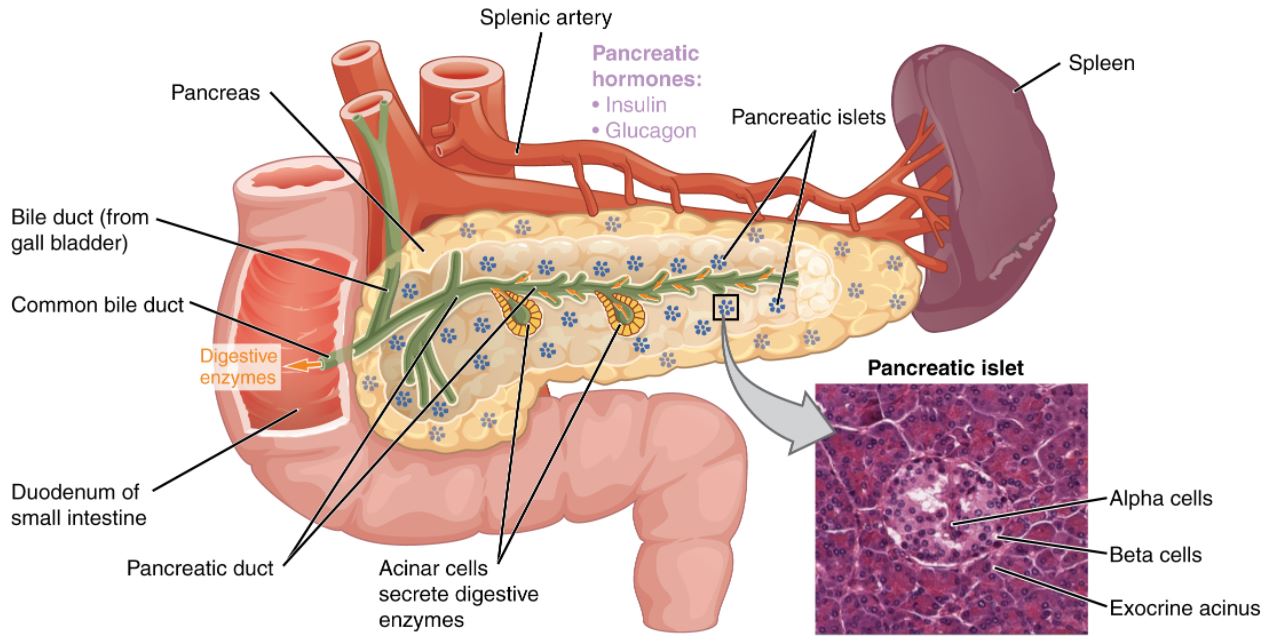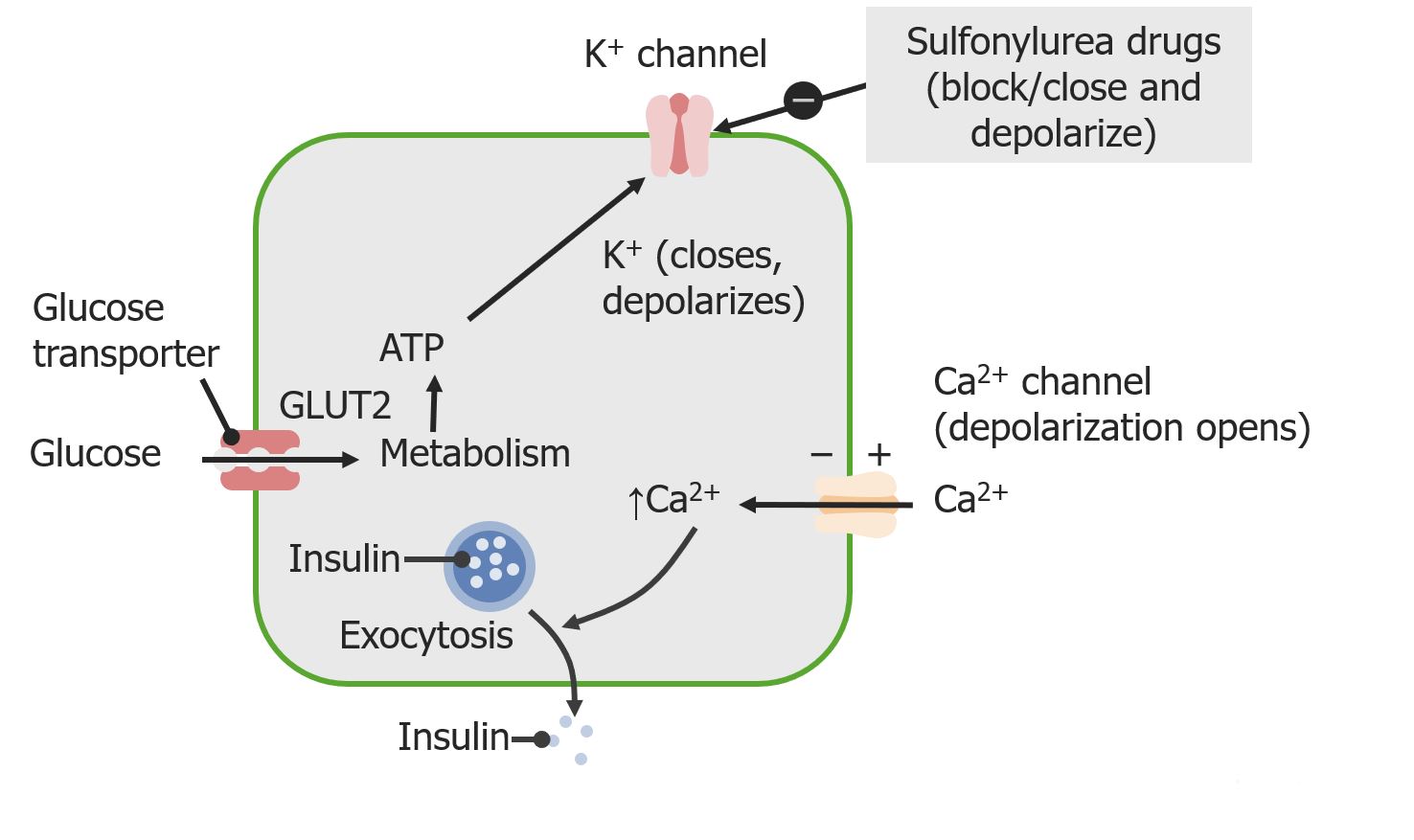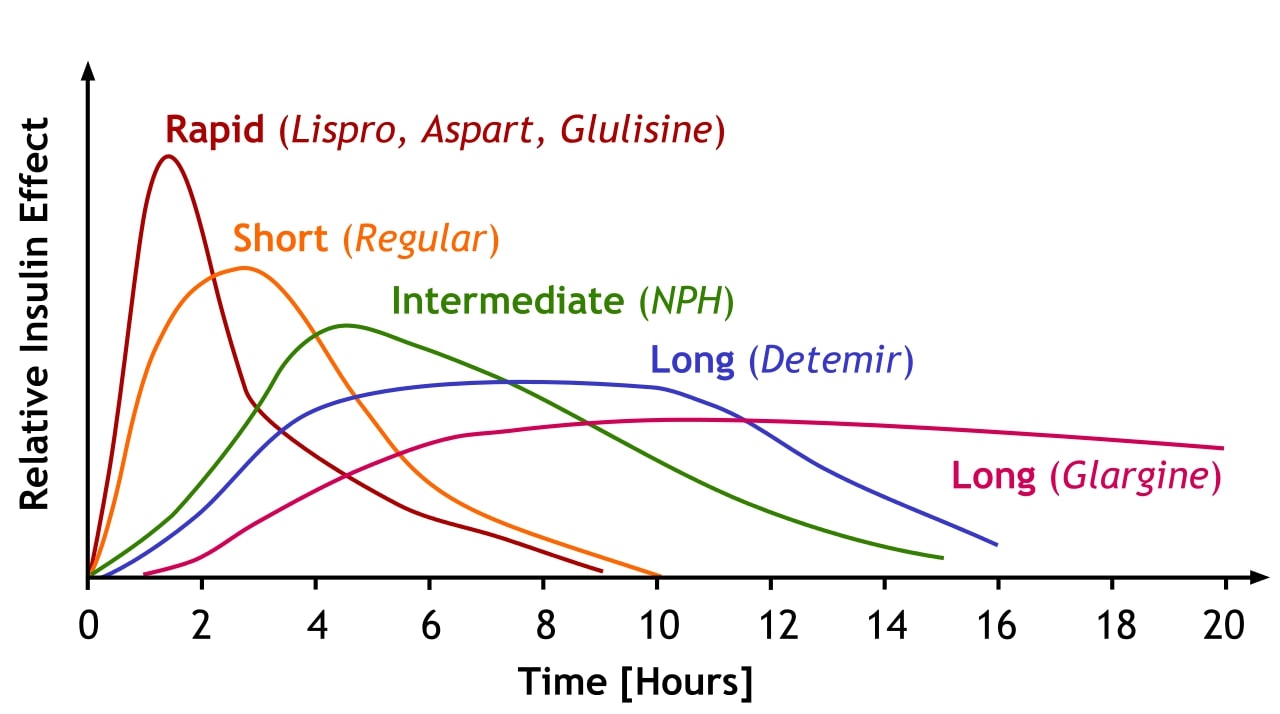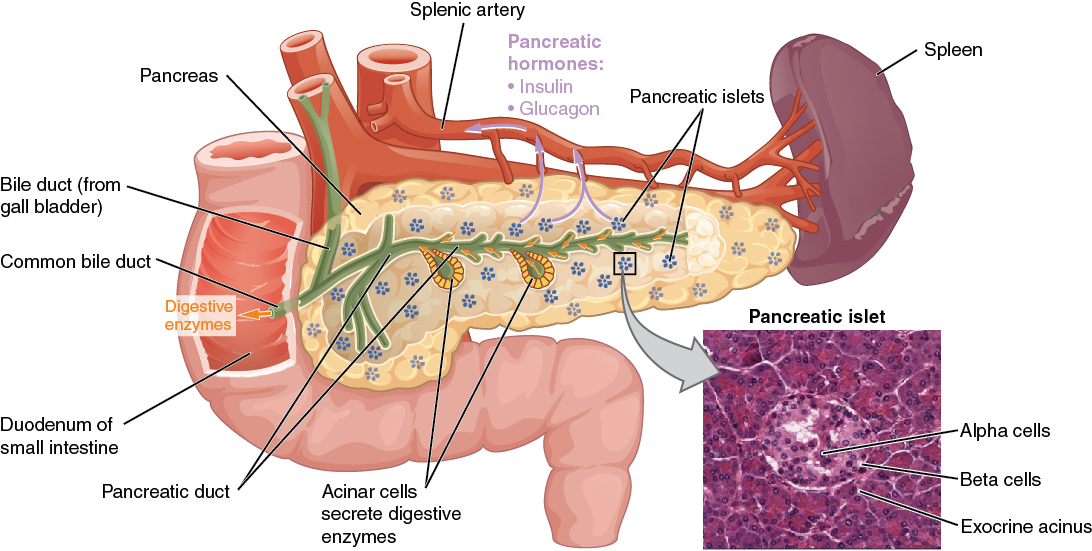Playlist
Show Playlist
Hide Playlist
Diabetic Case: 9-year-old Girl with Thirst, Weight Loss, and Frequent Urination
-
Slides 02-03 Diabetes Mellitus part 1.pdf
-
Download Lecture Overview
00:00 Let's go on to a case. Here we have an otherwise healthy 9-year-old girl who is brought to the emergency room by her father because of excessive thirst, frequent urination, and significant weight loss. His symptoms started acutely 5 days ago. Vital signs reveal a temperature of 36.6°C, a blood pressure of 100/65, and a pulse rate of 105 beats/minute. Physical examination shows a thin girl with dry mucous membranes and eyes that appear sunken in her orbits. Labs reveal a random blood glucose of 410, a C-peptide level that is undetectable, and a serum beta-hydroxybutyrate level that is negative. What is the most likely diagnosis? Looking at this case, one first notices the age of the patient; a 9-year-old girl who comes in with what seems like the classic symptoms of diabetes. She has excessive thirst and frequent urination that is also now associated with significant weight loss and is more likely to manifest with type 1 diabetes. The classic symptoms of hypoglycemia, polyuria, and polydipsia are present here in association with weight loss. The elevated glucose is caused by insulin deficiency. This leads to increased glucose in the urine and her urine volume, which is called an osmotic diuresis. She has volume loss or excessive urination from the body and this leads to dehydration and works in her symptoms more acutely. Her heart rate is elevated and her mucous membranes are dry and her eyes appear sunken. These are examination features that bring into the conclusion that this patient has dehydration, probably a combination of reduced oral intake combined with increased urine output. She suffers from a lack of insulin and she is breaking down protein stores to generate energy which leads to the reduction in her body mass index and causes her drop in weight. She has a clinical manifestation of dehydration or volume loss as evidenced by dry mucous membranes, tachycardia, and reduced skin turgor, as well as a lower blood pressure. When one sees this manifestation of eyes that appear sunken in the orbits, it generally implies clinically that the dehydration is more advanced than one would encounter without this manifestation. As you can see from her labs, her serum glucose is markedly elevated at 410mg/dL. As you know from the normal ranges, this exceeds a random plasma glucose of greater than or equal to 200 mg/dL and will clinch the diagnosis of type 1 diabetes in this patient. The C-peptide is undetectable and usually a low C-peptide indicates that there is a lack of endogenous insulin secretion. The sort of thing that you would expect in a patient who has type 1 diabetes which is also induced by autoimmune destruction of the pancreatic islet cells. The patient has a negative serum beta-hydroxybutyrate level. This is a ketone body and the fact that it is negative suggests that she does not have a ketoacidosis on top of her nearly-diagnosed type 1 diabetes. So, our conclusion here in this case is that the most likely diagnosis for this girl is that it is newly-diagnosed type 1 diabetes. She has clinical signs of diabetes with a random serum glucose greater than or equal to 200 and classic symptoms. She is also presenting dehydrated. The C-peptide, which is undetectable, implies that there is decreased insulin secretion endogenously and the fact that her serum beta-hydroxybutyrate level is negative implies that she does not have a ketoacidosis.
About the Lecture
The lecture Diabetic Case: 9-year-old Girl with Thirst, Weight Loss, and Frequent Urination by Michael Lazarus, MD is from the course Diabetes Mellitus.
Included Quiz Questions
Which of the following is most strongly associated with type 1 diabetes?
- Young age
- Female sex
- African American race
- Obesity
- Elevated total cholesterol
What is the most likely diagnosis in the case described below? An otherwise healthy 9-year-old girl complains of excessive thirst, frequent urination, and significant weight loss, which presented acutely 5 days ago. Physical examination: Temperature of 36.6°C (97.8°F), blood pressure of 100/65 mm Hg, and a pulse of 105 beats/min. She is a thin girl with dry mucous membranes and sunken eyes. Laboratory test results: random blood glucose level of 410 mg/dL, undetectable C-peptide, and a negative result for serum beta-hydroxybutyrate.
- Type 1 diabetes mellitus
- Diabetic ketoacidosis
- Type 2 diabetes mellitus
- Glucagonoma
Customer reviews
4,0 of 5 stars
| 5 Stars |
|
0 |
| 4 Stars |
|
1 |
| 3 Stars |
|
0 |
| 2 Stars |
|
0 |
| 1 Star |
|
0 |
Nice, I understand the conference. Good teacher. Interesting clinic case








